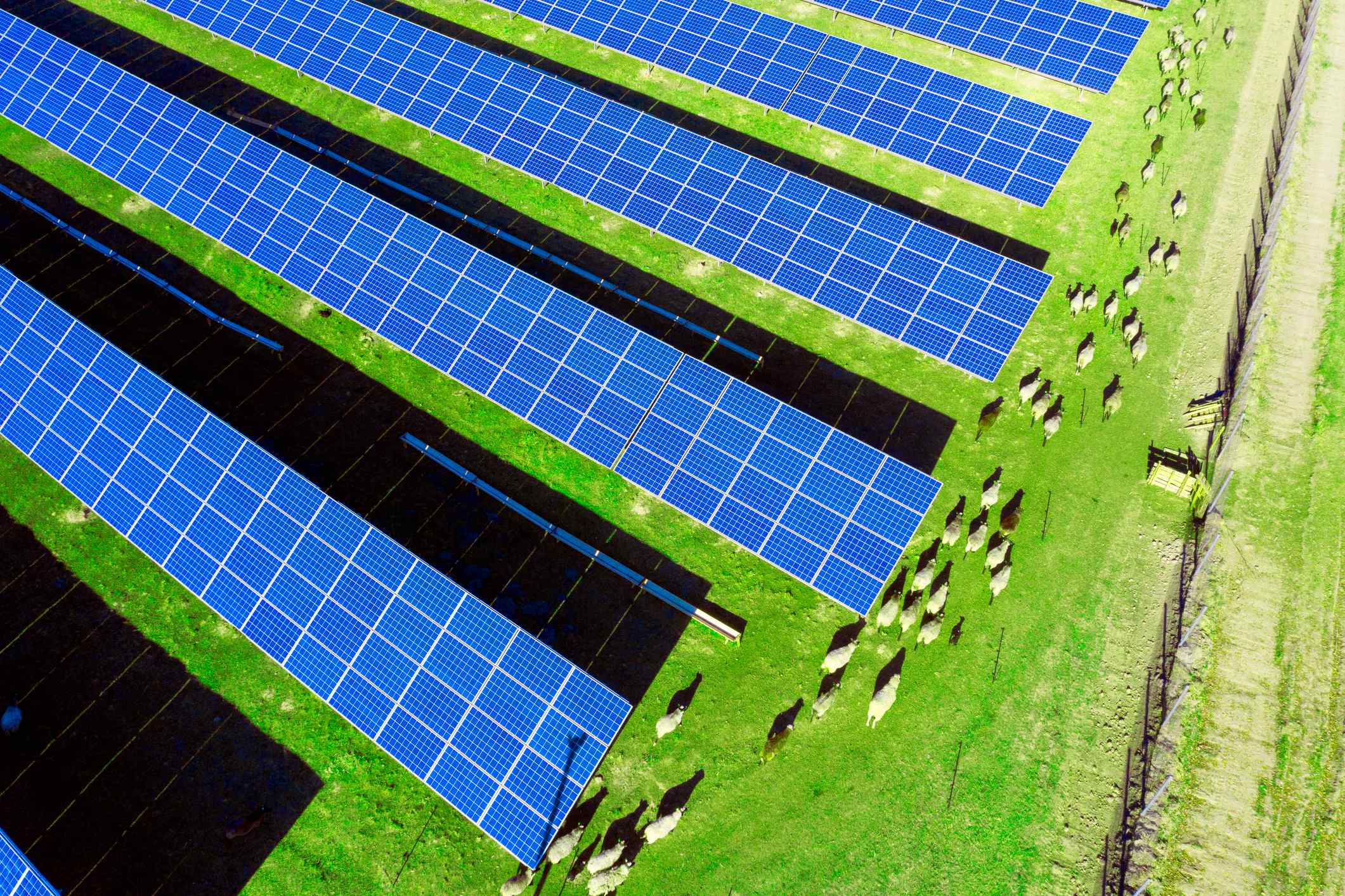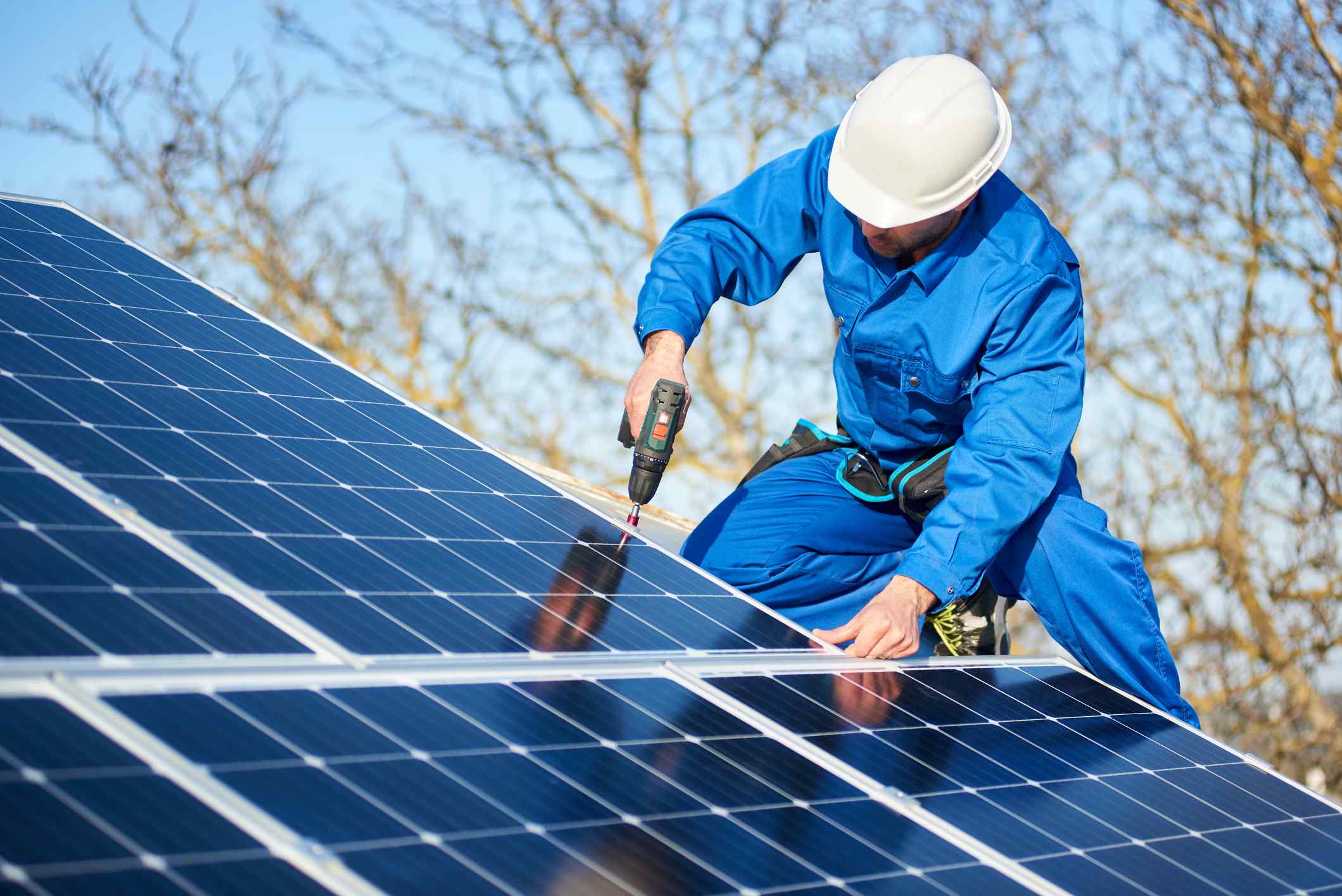POSTED
August 16, 2024
Boost Your Impact: 5 Ways Solar Funds Amplify Your Environmental Efforts
Your financial investments are meant to grow your wealth. But they can do more than that. With the right investments, you can generate wealth and help contribute to a healthier planet, which is more important than ever.

Climate change continues to pose a threat to the planet and humanity. It leads to more frequent and severe weather events like heat waves, droughts, floods, hurricanes, and wildfires. These events can cause widespread damage to infrastructure, disrupt communities, and lead to loss of life and property. That’s why renewable energy and its role in creating a sustainable future has never been more critical.
Solar investment funds can give you the best of both worlds: an investment that potentially provides attractive returns and has a positive impact on the environment. A solar fund is a type of investment vehicle that pools capital from multiple investors to invest in solar energy projects. These funds typically focus on generating financial returns through the development, ownership, and operation of solar power plants.
In 2023, the world added 50% more renewable energy capacity than the previous years. By 2028, renewable energy capacity is projected to more than double, driven largely by solar power. Solar funds capitalize on this growth. By investing in solar funds, you can play an active role in combating climate change and positively impacting the environment.
Here are five compelling ways a solar fund can amplify your environmental efforts.
Reducing Carbon Footprint
Utility-scale solar power is one of the most effective ways to reduce carbon emissions by displacing electricity generated from fossil fuels like coal, natural gas, and oil. These energy sources can emit up to 2,315 pounds of CO2 equivalent per MWh.
By comparison, the life-cycle emissions of solar power, including manufacturing, installation, and decommissioning, are approximately 95 pounds per MWh. Emissions can be reduced by 385,000 to 436,000 pounds per acre per year by replacing these energy sources with solar.
Even better, solar panels offset their lifecycle emission within 2 to 3 years of operations. After this payback period, they continue reducing carbon emissions without adding any greenhouse gasses to the atmosphere. Replacing coal and natural gas power plants with utility-scale installations also improves local air quality, helping reduce the emissions of sulfur dioxide (SO2), nitrogen oxides (NOX), and particulate matter (PM).
Promoting Sustainable Land Use

Some solar farms employ strategies that increase their positive environmental impact even more. For example, some installations integrate native grasses and wildflowers into the sites. This supports biodiversity and enhances the agricultural productivity on nearby farms by boosting pollination.
Another way to increase the sustainability of solar farms is through dual-use solar. This approach uses land for solar energy production and agricultural production simultaneously. Some utility-scale solar farms, for instance, are designed to promote grazing underneath the panels. Others incorporate crops that benefit from the partial shade provided by the panels. This helps preserve agricultural land while generating renewable energy, addressing land-use conflicts and promoting sustainable agriculture.
Utility-scale projects also often use land that is otherwise underutilized or degraded. By prioritizing areas like brownfields or retired agricultural land, solar projects avoid displacing productive farmland and natural habitats. Solar plants can even be built on steeper slopes and land with less economic value, optimizing the land use without significant environmental disruption.
Creating Green Jobs and Economic Growth

It’s a lot of work to build a utility-scale solar farm. These projects create hundreds of jobs during the construction, operation, and maintenance phases. In fact, during the building phase alone, a single solar farm can create hundreds of jobs over months or even years.
Building a utility-scale solar farm often requires upgrades to local infrastructure to support the new installation. This not only improves local facilities but can also attract further investments from other sectors, leading to broader regional economic growth.
Solar farms can also lower local energy costs by increasing the supply of affordable renewable energy. This can be impactful in regions with high energy costs or limited access to reliable power sources.
Local tax bases can also get a boost, providing financial benefits to local communities and schools. In Brown County, Ohio, utility-scale solar farms are projected to contribute $63 million to local communities over the life of the project.
Enhancing Grid Stability and Efficiency
Utility-scale solar plants, especially when paired with energy storage systems, can provide critical stability services to the grid. These services include frequency regulation and voltage support, which are essential for maintaining a reliable grid.
By generating electricity closer to where it is consumed, solar installations help reduce energy losses that occur during electricity transmission over long distances. This local generation leads to more efficient use of power and can lessen the strain on the transmission and distribution infrastructure.*
Distributed generation, which includes smaller-scale solar systems distributed across the grid, can also enhance the flexibility of the energy system. This allows for adjustments based on local energy demands, reducing the need for large-scale infrastructure investments and lowering the costs of energy distribution.
Encouraging Renewable Energy Adoption
As funding for utility-scale solar increases, so does the size of the projects. Larger projects benefit from economies of scale, helping to reduce the per-unit cost of solar panels and related infrastructure.
Increased investment in solar energy also drives innovation. More solar projects means more funding that supports research and development, leading to more efficient and cost-effective solar technologies. In fact, improvements in photovoltaic cell efficiency and reductions in manufacturing costs have been directly linked to increased investment in the sector. As solar becomes more cost-effective, its adoption grows. This expansion is further enhanced by the growing competitiveness of solar energy compared to fossil-fuel-based sources.
As we face modern challenges, investors need to consider the social and environmental impact of their investments. By investing in utility-scale solar projects, you can have a powerful impact on the future. Solar power is leading the way in mitigating the effects of climate change. These projects also have a positive economic impact on local communities. Investments in solar funds are a great way to be at the forefront of the green revolution, all while potentially generating financial returns.
At Shasta Power, we help investors make a positive environmental and social impact. Visit our investment information page to learn more about our solar projects and investment opportunities.





